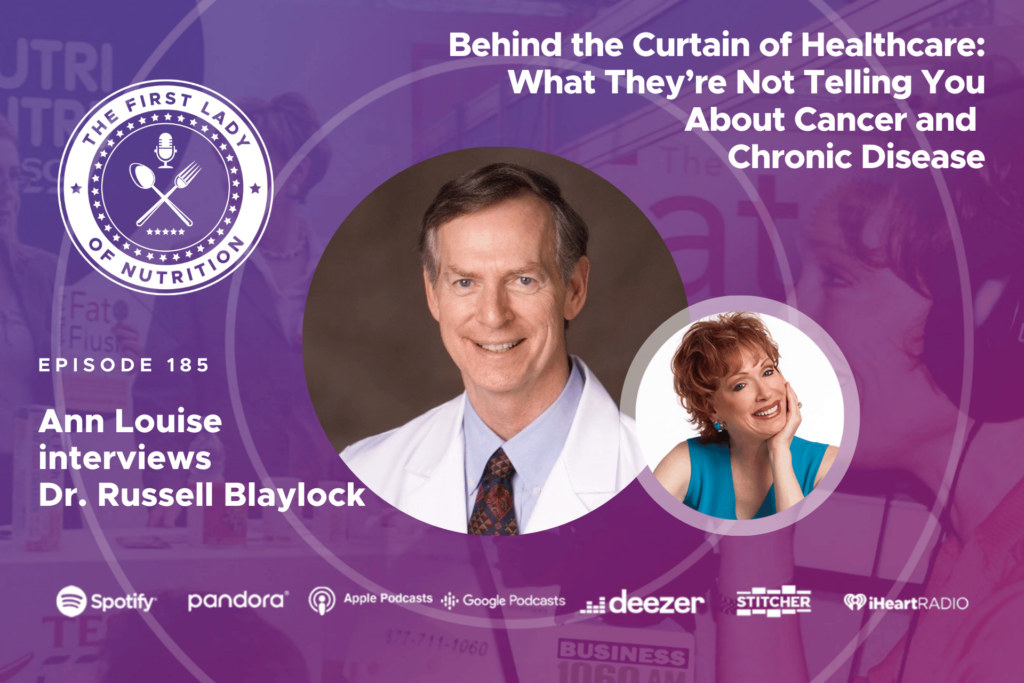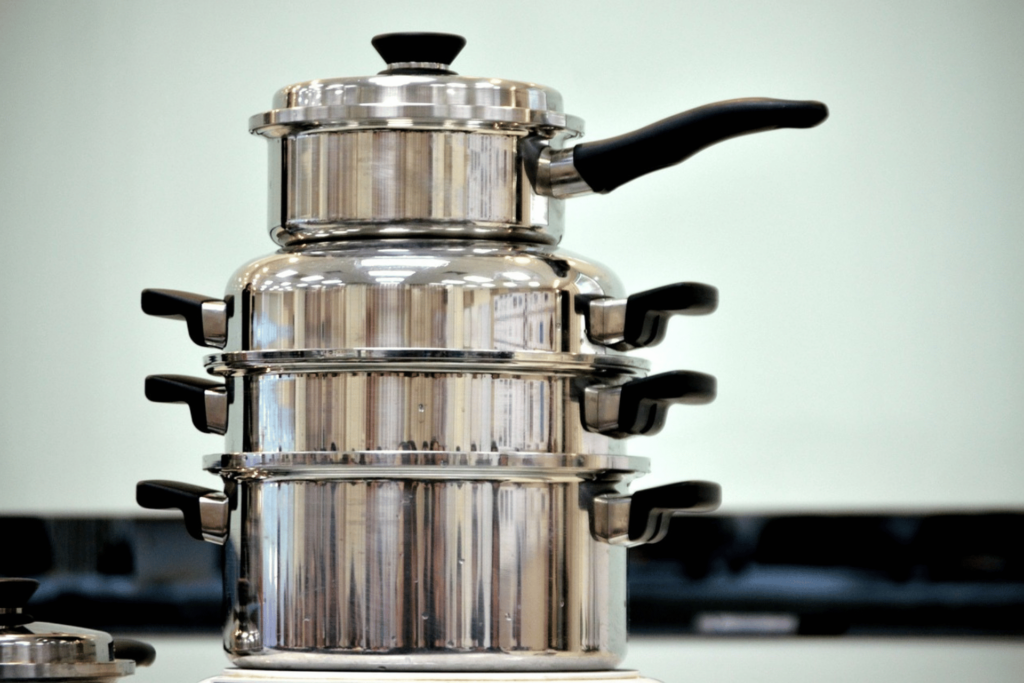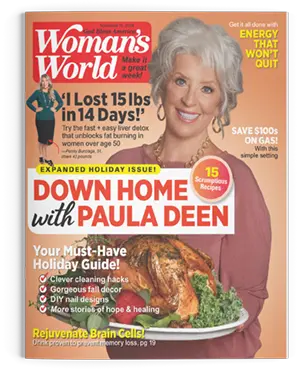 Two simple heart disease prevention strategies every woman should follow.
Two simple heart disease prevention strategies every woman should follow.
Although breast cancer may be the most feared disease among women, heart disease disease is still our number 1 killer. That’s why February, the month of hearts and flowers, will always be associated with American Heart Month. Stats show that every single minute of the day, heart disease claims the life of one more woman. And that’s not acceptable. And why do more women than men now die from heart disease?
As a result of major studies, we know now that the pattern heart disease follows in women is notably different than the pattern than it follows in men.
First, although heart disease can occur at any age, in women it becomes a significant health factor during menopause, about ten years later than in men.
Second, women are less likely to experience the classic crushing chest pain men describe. A woman’s symptoms are much more subtle, often starting weeks or even months (yikes) before an attack. Women may describe feeling not right with symptoms such as shortness of breath, unusual weakness or fatigue, sleep disturbances, chest discomfort that comes and goes quickly, arm (left) or jaw tingling, vision problems, anxiety, and indigestion. The vagueness of these symptoms leaves women to ignore them, delaying treatment. When these women do seek treatment, their doctor may misdiagnose their condition.
Third, the disease itself develops differently in women according to researchers at the University of Michigan, Cardiovascular Center. Significant blockages tend to occur not in major arteries, but in smaller, less flexible blood vessels. When diagnostic coronary angiography is performed, the major vessels appear clear. This helps account for some of the differences in treatment women receive, conclude the Michigan researchers.
If you are experiencing any of the red flag warning signs, or simply are interested in prevention because there is family history of cardiovascular disease, then follow these two simple heart healthy strategies:
1. Get Tested.
From my experience, two of the most helpful baseline blood tests include C-reactive protein (CRP) and fibrinogen tests. The best CRP level is below 1 mg/L. The higher it goes, the more indicative of an infectious condition, autoimmune disease, and gradual narrowing of arteries.
Fibrinogen is a protein that regulates clots and gauges viscosity and stickiness of blood. A level over 350 mg/dL is a major risk factor for heart disease.
Wouldn’t you know that of all habits, smoking raises fibrinogen levels the most and the highest incidence of heart disease is among postmenopausal women who smoke!
So if you are smoking, stop right now.
Keep in mind that you can take your heart to another level of assessment.
If the CRP levels are high, or you have survived a stroke or heart attack, then you may be a candidate for the PLAC test. This latest advancement in testing measures the enzyme Lp-PLA2 which identifies your immediate risk for heart attack and stroke because it is found in high concentrations in plaques that are ready to rupture.
In a study that appeared in Circulation, participants with the highest Lp-PLA2 were 33% more likely to suffer another heart attack. If your levels are 235 ng/mL or higher, you have the highest risk of heart attack or stroke. PLAC may be the fastest way to assess acute risk factors of all.
2. Consume heart-smart oil.
First and foremost—and especially if you are a female (you’ll know why in a moment)—make sure that you are taking at least 2-4 grams of omega-3 essential fatty acids.
I handpicked UNI KEY’s Super-EPA for the purest daily heart smart protection. Super–EPA contains molecularly distilled fish oil free from PCBs, dioxin, and heavy metals. Fish oils provide the essential fatty acids that become part of the tissue like hormones known as eicosanoids that have control over every aspect of bodily function. They are antidepressive, pain decreasing, anti-inflammatory, blood vessel dilating, bronchiole dilating, hormone stimulating, and immunity strengthening. Researchers have found that fish oils not only reduce the risk of heart disease by preventing blood clots and thinning the blood—but they also lower blood triglyceride levels.
Among females, high triglycerides are an important risk factor in the development of heart disease. Keep them under 100 mg/dL.
Super-EPA also packs a double whammy by reducing triglyceride levels so significantly and reducing heart disease risk. It also acts as an anti-obesity agent that successfully targets belly fat, wouldn’t you know? So not only can you potentially prevent heart attacks, but you may also be on your way to the real belly fat fix—6 grams of omega-3s daily is about what takes!










10 Responses
I just read the above article. I found it to be very interesting. I recently had blood woek done, and my results were not good. My cholesterol was 254. My doctor now wants to put me on a statin. I DO NOT want to take a statin, but my dad had heart disease and diabetes and I do not want to inherit these illnesses/conditions.
my CRP was 4.6, which is on the higher side of the scale.
Besides lifestyle chnges that I have begun making. What natural things can I take besides the above mentioned, and what advice can you give that I may be missing?
Besides exercise and not eating processed food,you want to make sure your thyroid and adrenals are performing well.
I suggest taking the Tissue Mineral Analysis test to assess this and find out how to balance your minerals, to help avoid the conditions you mentioned.
Doing a detox diet like the Fat Flush Plan or Fast Track Detox can help make sure your liver is performing well to also help with these conditions. These include fiber like chia seeds or cold milledflax seed. The fiber will help too.
Taking Weight Loss Formula and healthy fat as mentioned above also can help.
Eat a vegetable based diet – lots of green!! Try to eat a variety. Eat lean proteins. WALK 30 min. a minimum of 4x/wk. EAT OATMEAL AND OTHER WHOLE GRAINS> and stay on this site!!! Smartest lady I know!!
I am a very over weight person (280).
I had my blood work done just a few months ago. All my readings were within normal ranges. I chaulk this up to juicing and oatmeal. Also being type 2 diabetic, I believe what helps keep my blood sugar down is the juicing. I try to be a healthy eater.
Do you think I’m on the right track.
Sounds like you are on the right track. You would also benefit by eating the Fat Flush Plan foods. You could start with phase 3 and then phase 2. That will be a gentle way to increase your momentum.
Question: Is it all right to do the fatflush type diet since I am just starting 500 mg metformin (4/day). . .I want my belly off!!.I am 56, 5′ 7″tall, weigh 166. My mom has been type 2 diabetic over 30 yrs. I still want to do what it takes to reverse this diabetic tendency. Help!!
For example, is the longlife coctail with the ground flaxmeal too much carbs?
Maryann, the Fat Flush Plan sounds like it would be a fantastic compliment to your dietary and health goals. The principles of this menu plan are very good for balancing blood sugar and reducing belly fat.
My new husband takes medication for high blood pressure. He is a is in very good health in many ways. I am just beginning to learn about heart disease. Are there symptoms I should watch for from him that might spell trouble?
no articles ever state how long it takes before you start to see a difference in numbers